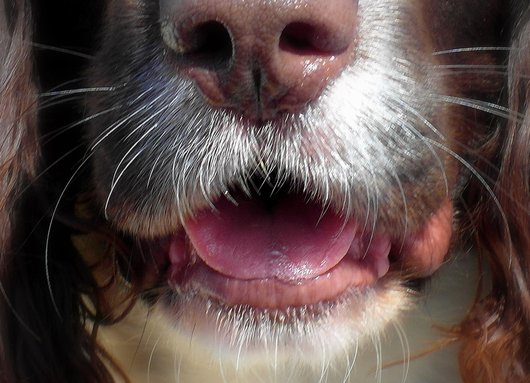Rise and shine with microbes
Morning rituals.
 The invisible world
The invisible world
Morning rituals.
What time do you get out of bed? If you have a mobile phone, you probably use it as an alarm clock. Did you know that a mobile phone is crawling with bacteria? A lot of bacteria – 4,000 per cm²! In fact, scientists have proven that you can find more bacteria on a mobile phone than on a toilet seat. Which is not actually all that surprising. It never goes in the laundry, it’s usually nice and warm, and it comes into contact with the places where microbes love to hang out – your hand, your ear, your cheek, and your mouth. Having said all that, it doesn’t mean that your phone is dirty or hazardous to your health. You’re actually in contact with many more microbes all day, every day, and yet they hardly ever make you sick.
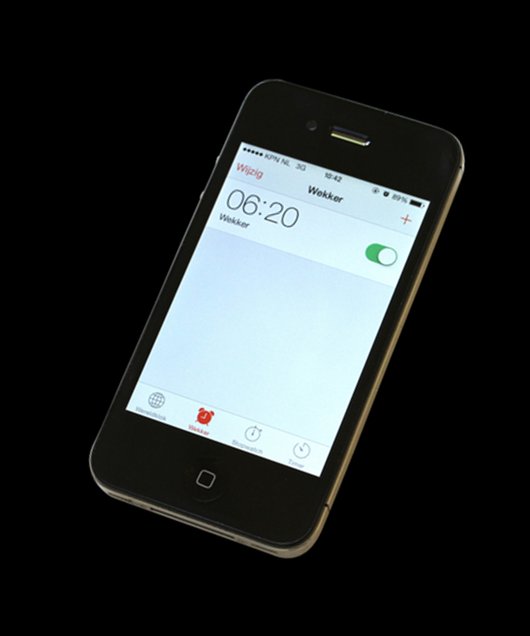
When you go to the toilet, you leave a lot of bacteria behind. The vast majority of them in your excrement. You produce an average of 350 grams of excrement each day and over half of that is made up of bacteria from your gut. Many of these gut bacteria are very useful. But some can cause real trouble. Take Clostridium difficile for example. When this bacteria strikes, it can cause a bad fever and severe diarrhoea. The worst case scenario could even be fatal.
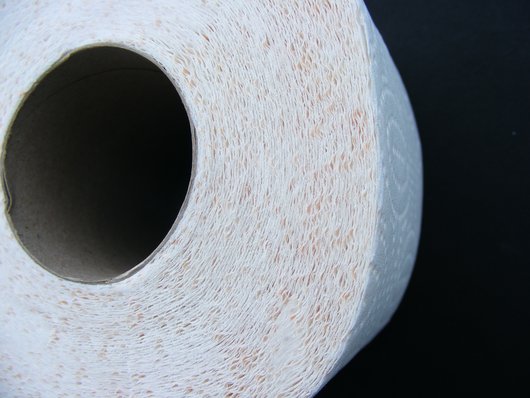
We all sweat. On average, from half a litre to a litre every day! You can rinse the odour of sweat off you under the shower. The odour is caused by Cornyebacterium and Staphylococcus bacteria, which convert sweat into substances with that characteristic sweat odour. When you shower, soap captures the skin bacteria inside tiny bubbles, which you then rinse away with water.
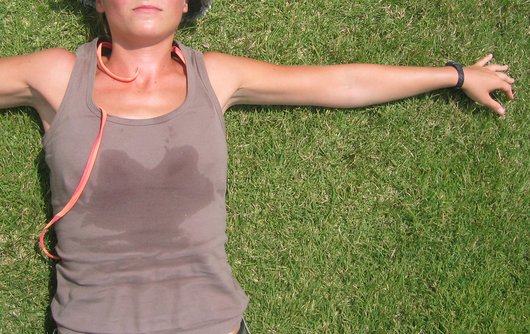
By the way, it’s not a good idea to shower with loads and loads of soap all the time. Because your skin is also home to bacteria that protect your skin naturally, like Staphylococcus epidermidis and Propionibacterium acnes. And you don’t want to lose those. Too much soap kills these bacteria and that actually helps the harmful bacteria out a lot. And while we’re on the subject, when you dry off don’t forget your toes, so you don’t give Trichophyton rubrum a chance to take root there. This is the fungus that causes athlete’s foot and sometimes even onychomycosis (fungal nail).
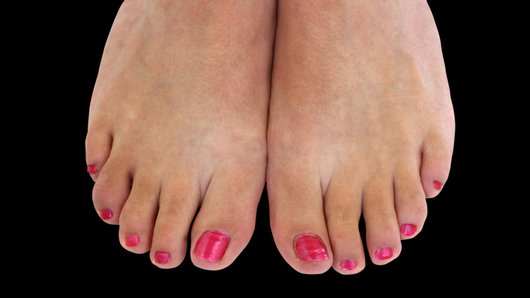
They say that breakfast is the most important meal of the day. But without micro-organisms, you’d have to find something other than bread, cheese or yoghurt to eat in the mornings. To make bread, you need yeast. And you can’t make yoghurt or cheese without lactic acid bacteria. For certain types of cheese, they also add moulds, like Penicillium roqueforti, which puts the blue in blue cheese. But micro-organisms are not only useful for producing food; they also help break food down. Bacteria and moulds are the ultimate recyclers. They make sure that the building blocks of the things they break down go back into the ecosystem for other organisms to use. So when your sandwich goes mouldy, it’s only the moulds doing what they’re good at: breaking things down and cleaning things up.
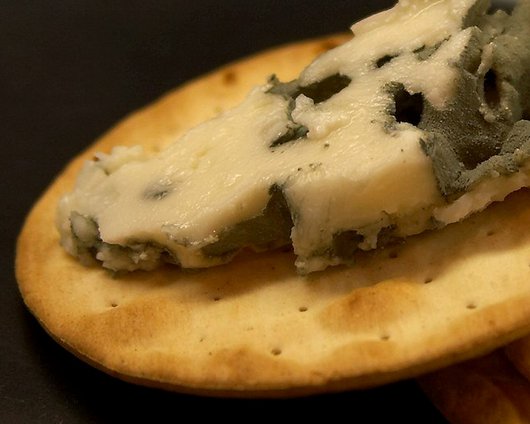
After breakfast, you can wipe down the table or counter with a dishrag. But is it clean? Research has shown that in an average household, that dishrag may contain up to 3.1 million bacteria. In less savoury places, like student dormitories, things are even worse. There the average dishrag contains 7.9 billion bacteria. So ‘cleaning up’ with a rag like that accomplishes very little. Really, the only way to get rid of the bacteria from your old towel is with a new towel.
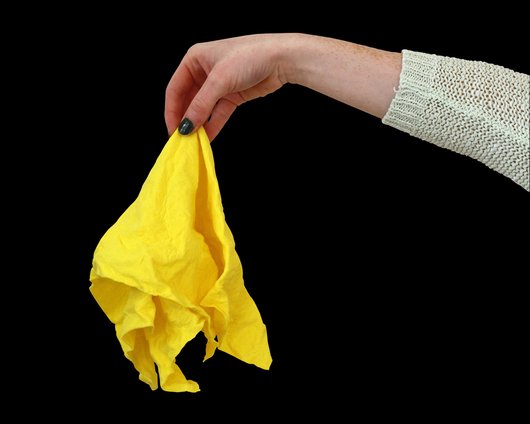
Did you know that micro-organisms are one of the ingredients in toothpaste? The abrasive agent in toothpaste is actually the tiny skeletons of diatoms, unicellular algae, that they build around their cells. It is an indestructible material that these micro-organisms have been depositing on the ocean floor for millions of years, creating a soil layer that is known as diatomaceous earth.
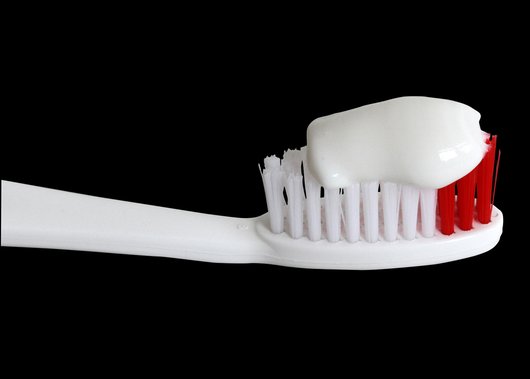
The abrasive ingredient in toothpaste is extracted from this diatomaceous earth. When you brush your teeth, this material helps to remove plaque, which itself is made up partly of tiny food remnants and partly a thin layer of bacteria, a biofilm. The plaque bacteria Streptococcus mutans produces acids as it breaks down sugars. These acids dissolve your tooth enamel and that’s what causes cavities.
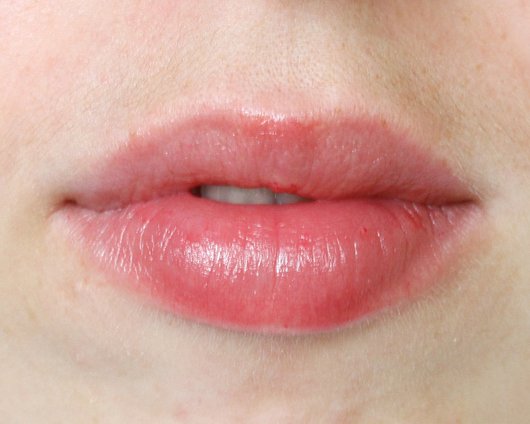
Of course, you’re not going to go out without saying goodbye to the people at home. Even the dog gets a hug. If you own a dog, little contacts like this mean you all share a number of skin microbes in common – not only with the people in your house, but with your pet too. And there’s nothing nasty about that. In fact, those extra bacteria are quite handy: they increase your bacterial diversity and as such, they protect you against other, harmful micro-organisms. So taking a moment for a big goodbye hug is good for your health.
